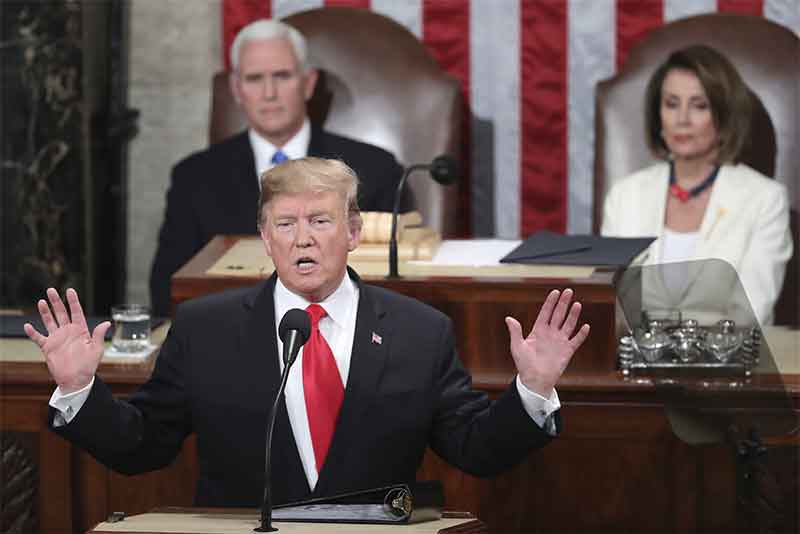To
Respected Chief Ministers
Dear Respected Chief Minister,
Kindly refer to my earlier letter of August 24-8-2021 on how some States lose out on delimitation for Parliamentary constituencies as a result of the revised population base year (copy enclosed for your reference).
It appears that the Centre, along with its institutions, are using the population criterion indiscriminately to impose its policies on the States on subjects on which they have jurisdiction under the Constitution, violating the spirit of federalism.
The new guidelines published in the extraordinary gazette of the Union Government dated August 16, 2023 (https://www.nmc.org.in/ActivitiWebClient/open/getDocumentpath=/Documents/Public/Portal/NmcGazette/18-8-2023.pdf) not only cap the number of MBBS seats in existing medical colleges, both government and private but introduce the ratio of 100 MBBS seats for l0 lakh population in that State (https://www.deccanherald.com/india/southern-states-cant-open-new-medical-colleges-thanks-to-new-nmc-guidelines-2703926).
“Medical education” is a subject mentioned in Item 25 of the “Concurrent List” under the Constitution. In principle, in such matters as setting up medical colleges, the Centre ought to have allowed the States to exercise their own judgement in permitting the establishment of medical colleges, depending on their respective needs. Even otherwise, the Centre ought to have held a prior consultation with the States before spelling out a criterion for determining the number of medical colleges in each State.
On the face of it, the criterion stipulated by the National Medical Commission (NMC), namely, the population criterion, seems to be somewhat facile and arbitrary, as a better criterion would perhaps have been the Average Allopathic Doctor-Population ratio, or such other indicator, which ought to provide a basis.
In a reply provided by the Minister for Health in the Rajya Sabha on 19-11-2019 in response to an Unstarred Question (No 255), the Minister provided information showing that several States, especially those in the South, have much lower Average Allopathic Doctor-Population ratios, below the All India average. It is inexplicable that the NMC should fail to apply its mind in arbitrarily laying down an indicator that does not truly represent the shortfall of doctors.
I hope those States that get adversely affected would raise concerns collectively and demand that the NMC revisit the criterion.
If the NMC is genuinely worried about the quality of doctors, it should lay down minimum standards of teaching, medical infrastructure facilities etc.
I may also mention here that the investment in both the Centre and the States on health falls far below the goals set out in the National Health Policy of 2017, which reads as follows:
- Increase health expenditure by the Government as a percentage of GDP from the existing 1.15% to 2.5 % by 2025.
- Increase State sector health spending to > 8% of their budget by 2020.
- Decrease in the proportion of households facing catastrophic health expenditure from the current levels by 25%, by 2025.
Apparently, the Ministry of Health seems to be countering its own national policy!
Regards,
Yours sincerely,
E A S Sarma
Visakhapatnam
Copy of my letter of August 24, 2021, on how some States lose out on delimitation for Parliamentary constituencies for no fault of theirs
To
Shri M K Stalin
Chief Minister
Tamil Nadu
Shri Y S Jagan Mohan Reddy
Chief Minister
Andhra Pradesh
Dear Shri Stalin and Shri Jagan Mohan Reddy,
Kindly refer to the Indian Express news report dated 24-8-2021, “TN should get Rs 5,600 cr compensation for loss of two MP seats: Madras HC” (https://indianexpress.com/article/india/tn-should-get-rs-5600-cr-compensation-for-loss-of-two-mp-seats-madras-hc-7467586/).
The issue that arises in this connection is that the Southern States which have been able to achieve impressive results in family planning over the decades will stand to lose in terms of their representation in the Lok Sabha, whereas those States, primarily in the Gangetic belt, where the average rates of population growth have exceeded the All india average will stand to gain, if the population basis for delimitation is to be shifted from 1971 to 2021 or 2031 as per the decade.
The legal position is as follows.
“The Constitution (Eighty-fourth Amendment) Act, 2001 and the Constitution (Eighty-seventh Amendment) Act, 2003 have, inter alia, amended Articles 81, 82, 170, 330 and 332 of the Constitution of India. The cumulative effect of these amendments to the Constitution is that –
(i) the total number of existing seats as allocated to various States in the House of the People on the basis of 1971 census shall remain unaltered till the first census to be taken after the year 2026;
(ii) the total number of existing seats in the Legislative Assemblies of all States as fixed on the basis of1971 census shall also remain unaltered till the first census to be taken after the year 2026;”
Even though the boundaries of constituencies were altered in 2001 to equate population among the Parliamentary and assembly seats; the number of Lok Sabha seats that each state has and those of legislative assemblies has remained unaltered since 1971 census and may only be changed after 2026 as the Constitution was again amended (84th amendment to Indian Constitution) in 2002 to continue the freeze on the total number of seats in each state till 2026. This was mainly done as States which had implemented family planning widely like Kerala, Tamil Nadu and Punjab would stand to lose many parliamentary seats representation and States with poor family planning programs and higher fertility rates like Uttar Pradesh, Bihar and Rajasthan would adversely gain many of the seats transferred from better-performing States.
To illustrate the impact of the higher population growth rates on delimitation, I have tabulated the position below w.r.t the Lok Sabha seat shares vis-a-vis the incremental/ decremental population growth rates as per the Census figures for 2001-2011.
States whose performance in family planning was better.
| State | % of LS Seats pre-delimitation | % of LS Seats post-delimitation | Decadal population growth % (+/-) (2001-2011)w.r.t All India average |
| AP | 4.6 | 4.3 | -6.7 |
| Telangana | 3.1 | 3 | -6.7 |
| Tamil Nadu | 7.2 | 7.1 | -2.1 |
| Karnataka | 5.2 | 5.2 | -2.1 |
| Kerala | 3.7 | 3.5 | -12.8 |
| Odisha | 3.9 | 3.8 | -3.7 |
| W.Bengal | 7.7 | 7.4 | -3.9 |
| Total % of seats in LS | 35.4 | 34.3 |
States whose population growth rates are higher than the national average.
| State | % of LS Seats pre-delimitation | % of LS Seats post-delimitation | Decadal population growth % 2001-2011 (+/) w.r.t All India average |
| UP | 14.7 | 15.3 | 2.5 |
| Bihar | 7.4 | 7.9 | 7.7 |
| MP | 5.3 | 5.6 | 2.6 |
| Haryana | 1.8 | 2 | 2.2 |
| Gujarat | 4.8 | 5 | 1.6 |
| Rajasthan | 4.6 | 5.1 | 3.6 |
| Total % of seats in LS | 38.6 | 40.9 |
The above figures will change further if the population growth rates for 2011-2021 are to be considered.
In other words, the six States with higher population growth rates will have a representation of 40.9% in the Lok Sabha, based on the increased share in the population, if the population basis is to be shifted from 1971 to 2031. This implies that those States that performed well in family planning will have to pay the penalty of having a lower share in the number of Lok Sabha seats, where as those primarily in the Gangetic region, whose population growth rates continue to be much higher than the national average will gain and have a more dominating role in the Lok Sabha.
The same logic will apply to the legislative Assemblies and, indirectly, the Rajya Sabha numbers.
A similar issue arose when the Centre had unilaterally shifted the population base from 1971 to 2011 in the Terms of Reference for the last Finance Commission, when I had raised the matter with the President of india. A copy of my letter is enclosed.
Representation for the States in the Parliament has crucial importance in the matter of the Centre-State relations and in ensuring that some States do not be at a disadvantage politically for implementing family planning better than the other States.
In the case of the European Union where a similar problem had been encountered, the European nations adopted the “principle of degressive proportionality” which implies that some weightage is given to declining population growth rates etc. resulting from policy measures of the respective governments. The Delimitation Commissions should adopt a similar approach in India.
Since the question of lifting the freeze on the 1971 population basis is imminent, I suggest that the affected States come together to discuss this issue urgently and bring political pressure on the Centre and the other States not to disturb the status quo.
Kindly treat this as most urgent.
Regards,
Yours sincerely,
E A S Sarma
Former Secretary to Govt of India
Visakhapatnam














































